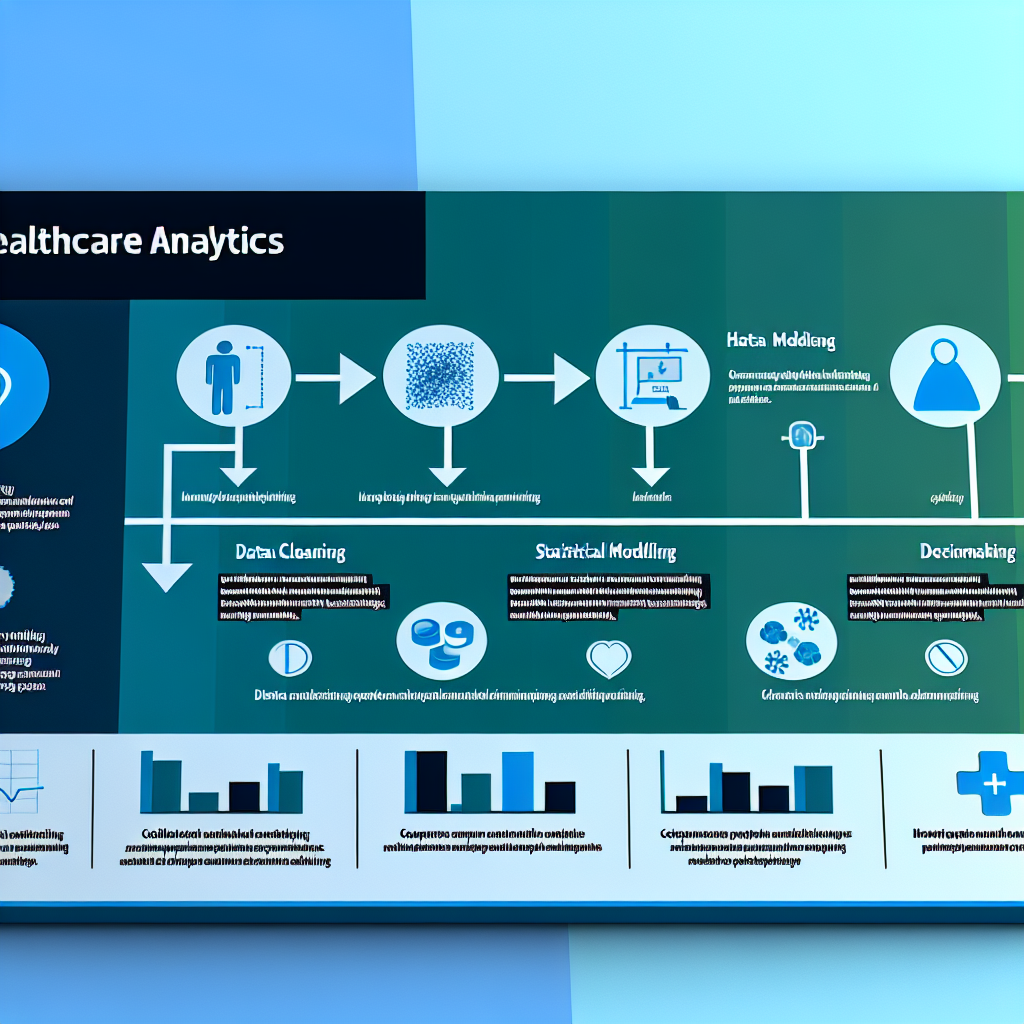Advanced Healthcare Data Science: Transformations and Trends in 2025
In today’s rapidly evolving healthcare landscape, the integration of healthcare data science and analytics is becoming ever more critical. With the constant influx of complex data, the need for advanced data processing and analysis is vital. Healthcare organizations strive to improve patient outcomes while optimizing operational efficiency. This article explores the transformative power of healthcare data science, emphasizing the trends and applications anticipated to shape the field in 2025. From AI-driven diagnostics to personalized medicine and predictive analytics, each aspect holds potential to revolutionize healthcare delivery.
Table of Contents
Trends in Healthcare Data Science
The rise of big data in healthcare is driving significant shifts in the industry. Data science is becoming integral to navigating this sea of information. By 2025, expect increased adoption of AI and machine learning algorithms for predictive analytics. These technologies will enhance decision-making processes, allowing healthcare providers to anticipate patient needs and streamline operations.
Another trend includes the integration of Internet of Things (IoT) devices in patient care. Data collected from wearable devices and smart sensors is used to provide real-time monitoring and alerts, thus improving patient engagement and satisfaction. This continuous data flow empowers healthcare professionals with valuable insights into patient health.
Advanced Applications of Data Science in Healthcare
In healthcare, data science applications are vastly expanding, offering nuanced insights and efficiencies. Predictive analytics is one of the forefront applications, especially in chronic disease management. Algorithms analyze patient data to prevent hospital readmissions and manage diseases proactively.
AI-Driven Diagnostics
AI’s role in diagnostics is another transformative application. Machine learning models analyze medical images, detect anomalies, and assist radiologists in diagnosing conditions with higher accuracy. For example, IBM Watson Health utilizes AI to provide oncologists with treatment recommendations based on medical literature and patient-specific data.
Personalized Medicine
Personalized medicine relies heavily on data science by tailoring medical treatments to the individual characteristics of each patient. With genomics and proteomics data, algorithms can predict how patients will respond to specific treatments, paving the way for more effective healthcare solutions.
Frameworks Enabling Data Science Innovations
Several frameworks and toolsets facilitate the development of healthcare data science solutions. TensorFlow and PyTorch are popular among data scientists due to their robust capabilities in building complex machine learning models. These frameworks enable researchers to experiment with deep learning algorithms, crucial for medical image recognition tasks.
Additionally, Apache Spark provides a powerful platform for processing large-scale healthcare datasets, crucial for hospitals and research institutions needing to manage vast amounts of information efficiently. Its real-time processing capabilities help derive actionable insights from data streams, thereby enhancing healthcare delivery.
Read more about choosing between PyTorch and TensorFlow.
Explore Apache Spark’s role in healthcare.
Real-World Examples and Case Studies
One notable case study involves the Mayo Clinic’s use of data science for streamlining cardiac care. The implementation of AI algorithms led to an improvement in patient triage processes, significantly reducing the time to initiate critical treatments.
Another example is Google’s DeepMind collaboration with the NHS to reduce patient deterioration rates in hospitals. By deploying machine learning models, they successfully predicted acute kidney injuries with alarming accuracy, showcasing the potential of data science to save lives.
Frequently Asked Questions
Conclusion
Healthcare data science is poised to transform healthcare delivery by 2025. The trends and applications discussed offer compelling insights into how data can drive innovation and enhance patient care. As technology continues to evolve, integrating advanced analytics and AI will become increasingly essential for healthcare providers seeking to remain competitive.
Looking ahead, the future of healthcare data science promises even greater possibilities in precision medicine, real-time decision support and operational efficiency. For anyone keen to delve deeper into these developments, subscribing to industry updates and literature will keep you informed on the latest breakthroughs.
Stay ahead in the evolving landscape of healthcare data science. Subscribe to our newsletter for the latest insights and updates.



